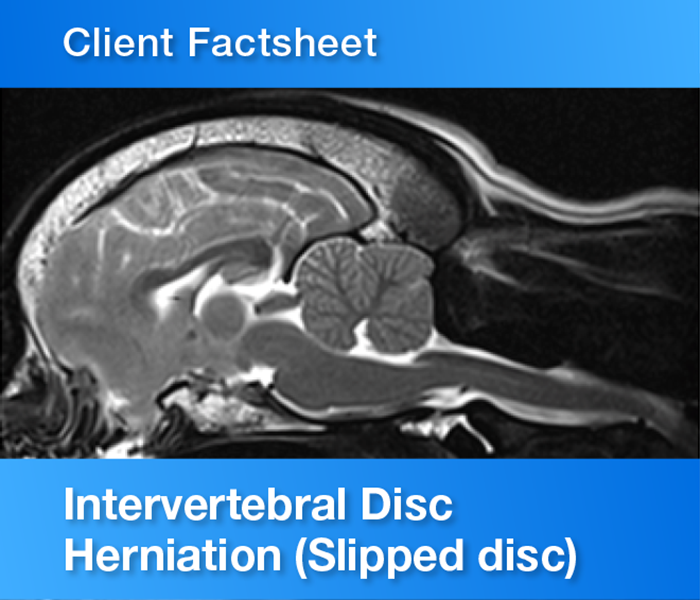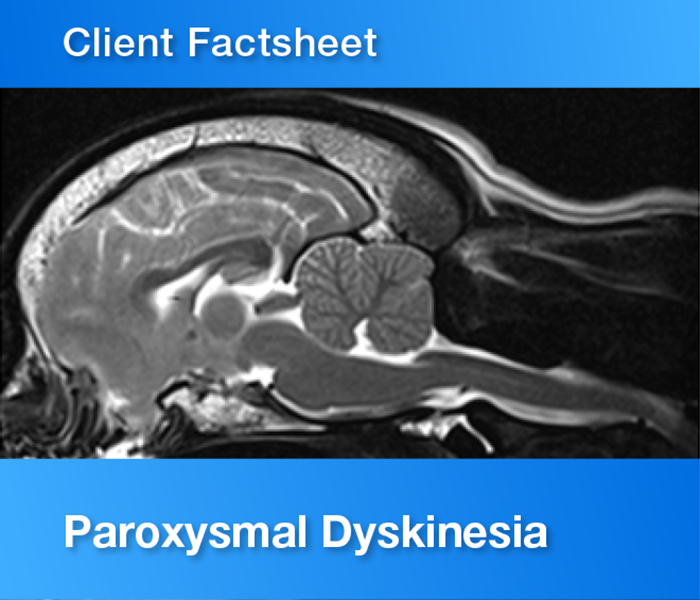Phenobarbital – ‘Epiphen’ ‘Soliphen’
Phenobarbital is a barbiturate medication, which is used to help prevent epileptic seizures. It has a long elimination half-life in dogs, meaning it is very good at staying in the blood stream at stable levels. It is the most commonly used anti-epileptic drug (AED) in dogs and has a very good proven track record. The starting dose is between 2-3 mg/kg given twice daily. We normally advise checking a phenobarbital serum concentration (blood test) after two weeks, three months, six months and then every 12 months after that. We would suggest checking a phenobarbital level two weeks after changing any dosages of this medication; or in the event of clinical signs related to toxicity; or rapid changes in the frequency of seizure. We have also advised checking a haematology and biochemistry in two weeks, three months, six months and then every 12 months. If the phenobarbital level is reasonably high but the seizures are still too frequent, we would consider another drug as an ‘add-on’.
Phenobarbital can cause dogs to be ataxic (wobbly), eat more, drink more, urinate more and put on weight. It can affect the liver and cause bone marrow dysfunction, as well as skin lesions
in rare instances. Regular blood tests as suggested to help monitor for possible liver damage and bone marrow toxicity. We would also suggest checking a phenobarbital level in the event of
clinical signs related to toxicity; or rapid changes in the frequency of seizure. Please contact your vet for these tests. In the event of concern about the liver’s function, we often advise running a specific liver test called a post-prandial bile acid test.
Potassium Bromide (KBr) – ‘Libromide’ ‘Epilease’
KBr is a halide salt used to treat epilepsy. It is licensed in dogs as an ‘add-on’ therapy, to be used in conjunction with another drug. Starting dose is 30 mg/kg given once daily (either as a one dose or divided into two doses given morning and evening). We would recommend reviewing a KBr serum concentration in three months, and then after six months, and then every 12 months after that, to check it is at effective levels. It usually causes transient side effects for three weeks. These include drinking more, urinating more, wanting to eat more and wobbliness (behavioural changes in rare cases). It can cause gastro-intestinal side effects including vomiting and diarrhoea. Skin problems are rare. This drug will take three months to become effective.
NB. Do not allow your pet to have salty food (ie potato crisps) or drink salt-water as this will alter the level of drug in the body dramatically. Potassium bromide, however, should not be given to cats due to high risks of potentially life-threatening side effects.
Imepitoin – ‘Pexion’
Imepitoin suppresses seizure activity in a similar manner to other AEDs.
The recommended dose is 10-30 mg/kg twice daily. The starting dose is usually 10mg/kg twice daily to control seizure ie a 30kg Golden Retriever will receive 300mg twice daily. In some
cases your vet will build up slowly up to the maximum recommended dose depending on the control of the seizures, usually over a number of weeks.
Side effects are less common compared to some of the other AEDs (such as phenobarbital). They do include drinking more, urinating more, eating more, ataxia (wobbliness), restlessness
and sedation. They can also cause gastrointestinal side effects. Blood tests are not required to check on this drug. This drug tends to be most effective in dogs with few seizures and it is not often recommended on its own where multiple seizures are seen, or where epilepsy is proving progressive.
Levetiracetam ‘Keppra’
Levetiracetam is a human medication that is not licensed for use in dogs, but we can use it safely and have a great deal of experience with its use. It acts very quickly but it may only be effective for 2-4 hours, when used short term. Another useful feature is its safety for use in patients with liver disease. There are concerns that the effects of the drug may diminish with time when used as a long-term treatment, so we often use it on an emergency basis only to prevent clusters of seizures. It can cause drowsiness and wobbliness which can be worse in patients who are receiving other medications.
What are the options if my pet is not responding to AEDs?
There are many reasons why an animal may not respond to treatment:
- Incorrect diagnosis of idiopathic epilepsy (if there is an underlying cause for the seizures),
- Inappropriate choice of anti-epileptic drugs (eg diazepam in dogs),
- Insufficient dose of medication,
- Development of ‘resistance’ to the effect of the drug (also known drug-resistant or refractory epilepsy).
If the quality of life of an epileptic animal is compromised by frequent and/or severe seizures despite the appropriate choice and dose of drug, they can be classified as having drug-resistant (eg refractory) epilepsy.
The first choice for treatment of refractory epilepsy in dogs is to add bromide to phenobarbitone treatment. Some dogs may need to be started on a high initial dose of bromide (five times the usual daily dose for five days) to rapidly get the blood levels to an effective level. If the dog is already taking both phenobarbitone and bromide, human anti-epileptic drugs can be added to the treatment eg levetiracetam (KeppraÆ). Diazepam, as a suppository or rectal solution, can be used at home in dogs with a tendency to have severe cluster seizures. This is to reduce the number of seizures per cluster.
Does my dog need to stay on anti-epileptic drugs for life?
It is very likely that your pet will have to stay on treatment for the rest of its life. It is important not to alter or stop your pet’s treatment without veterinary advice. Dosage reduction should only be considered if your pet has had no seizures for at least a year. Sudden changes in the blood levels of anti-epileptic drugs can trigger seizures. If drug doses are reduced, this should be done very gradually over many months. However, if your pet is not experiencing significant side effects, you should not be concerned about remaining on treatment for life.



